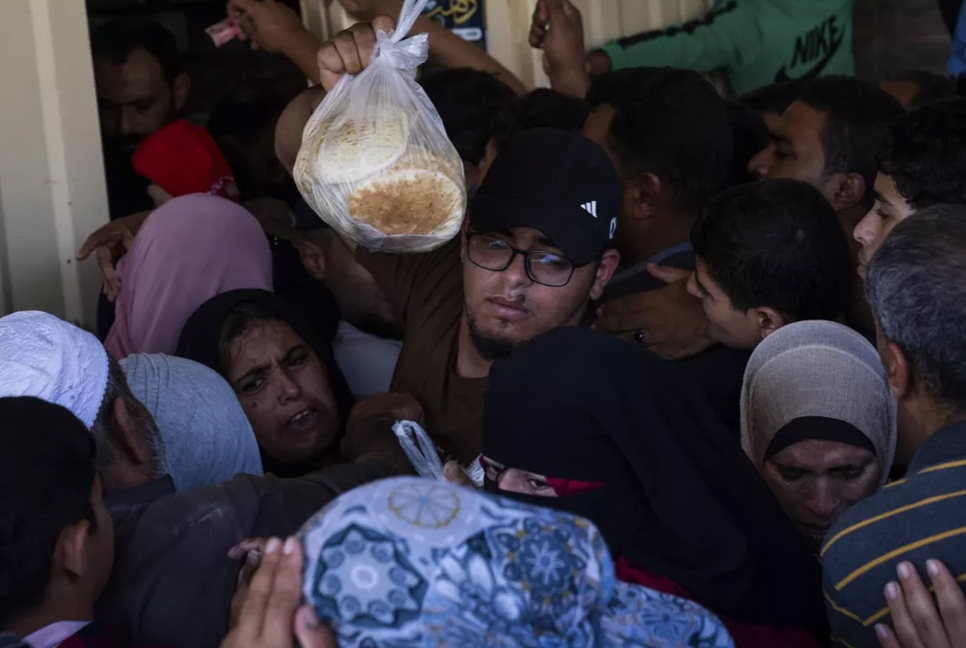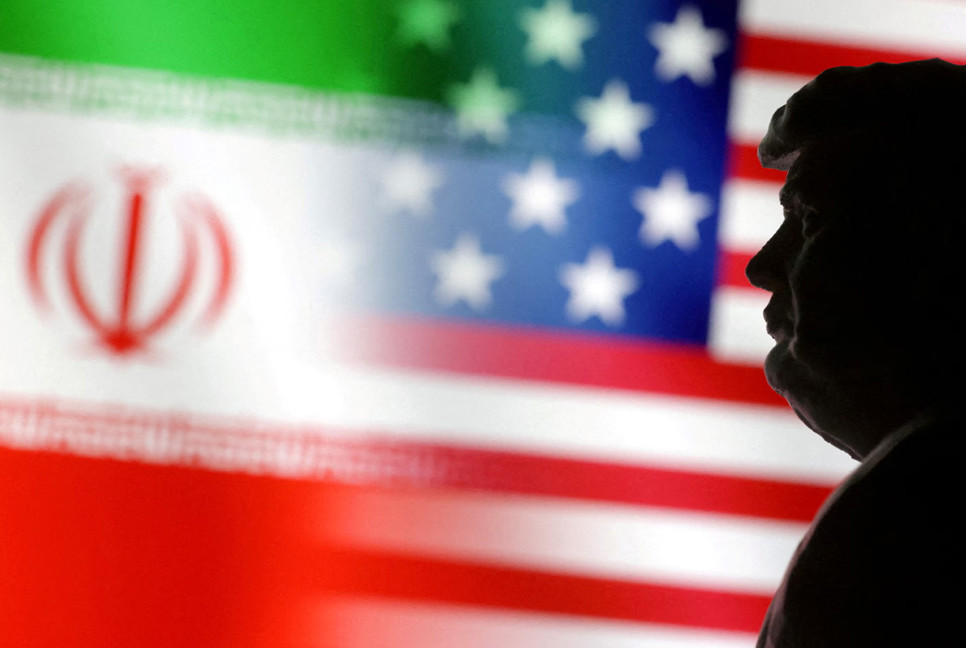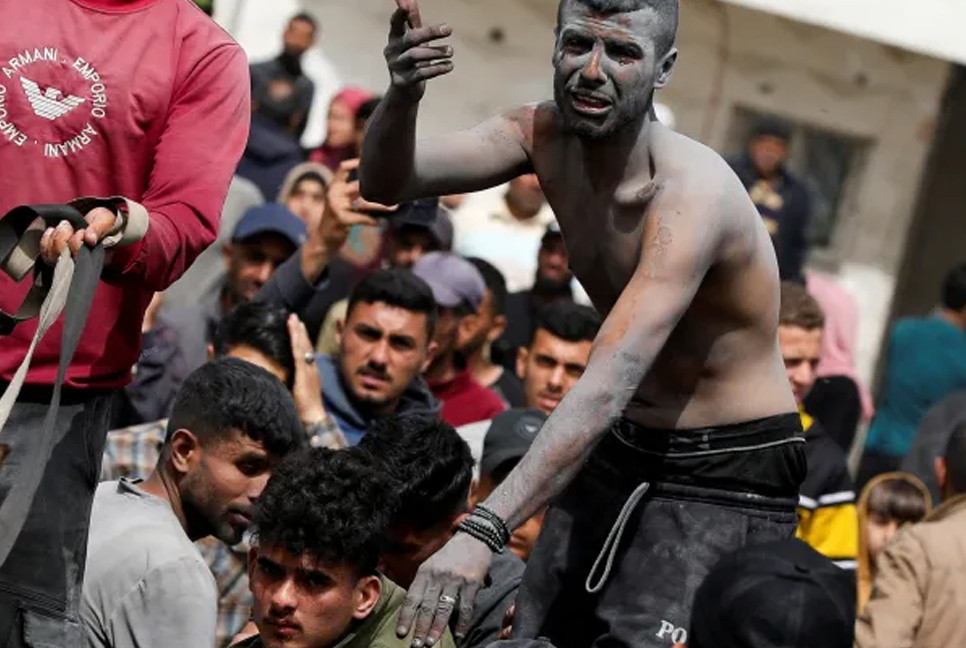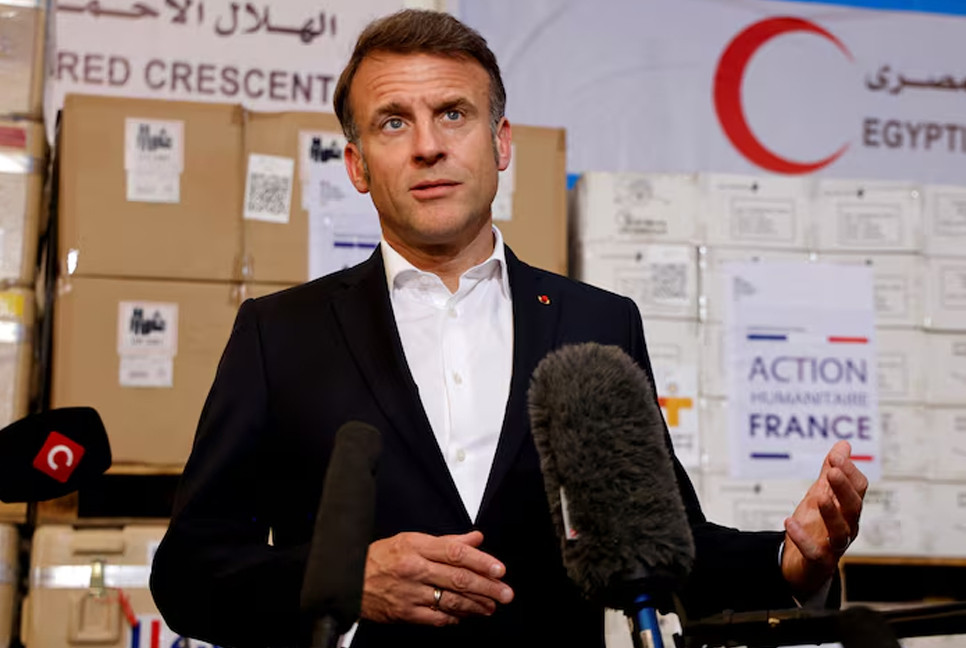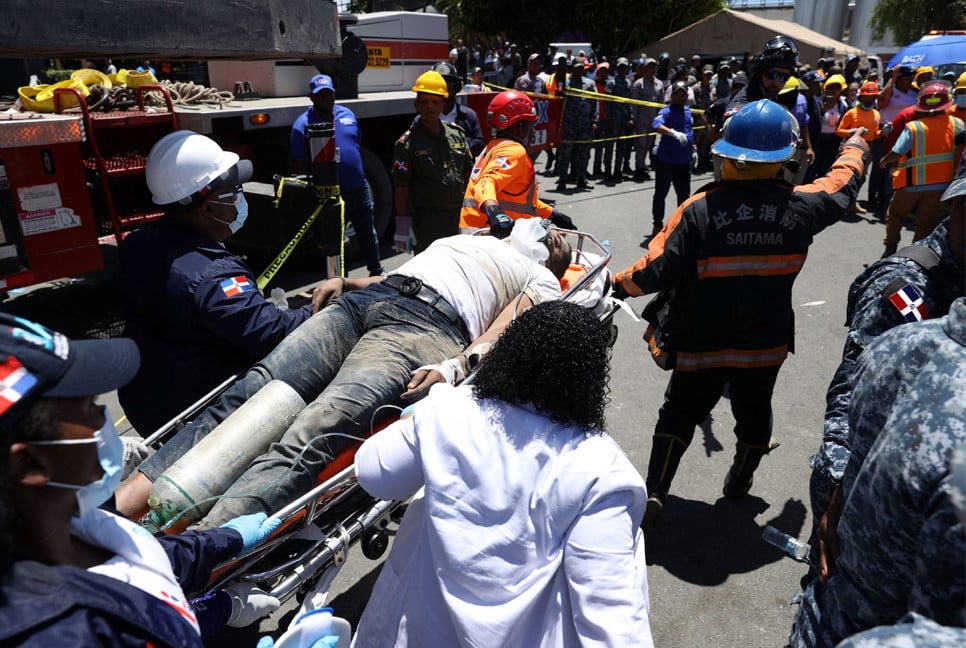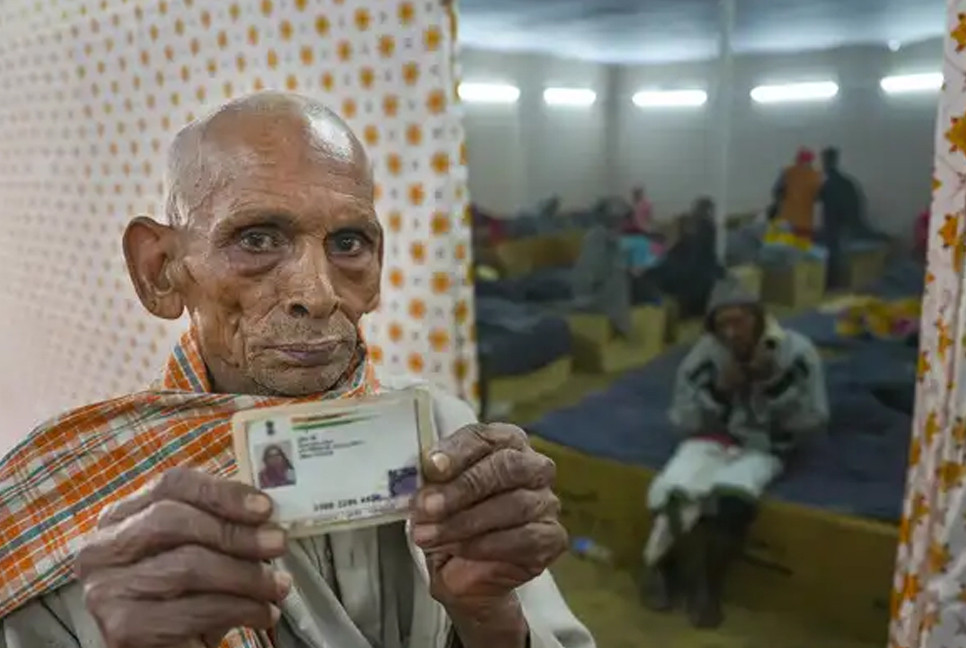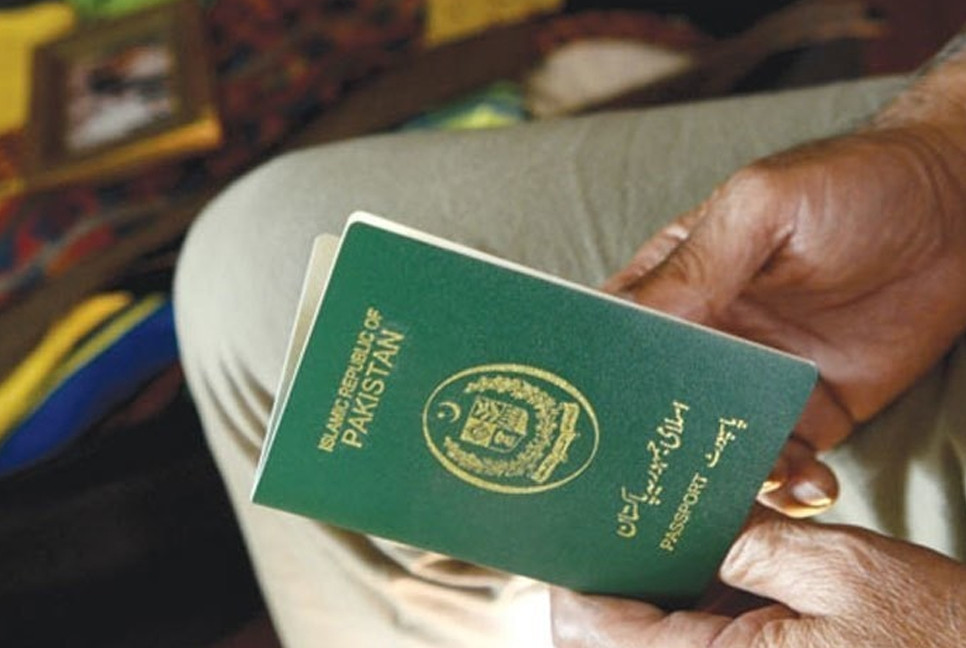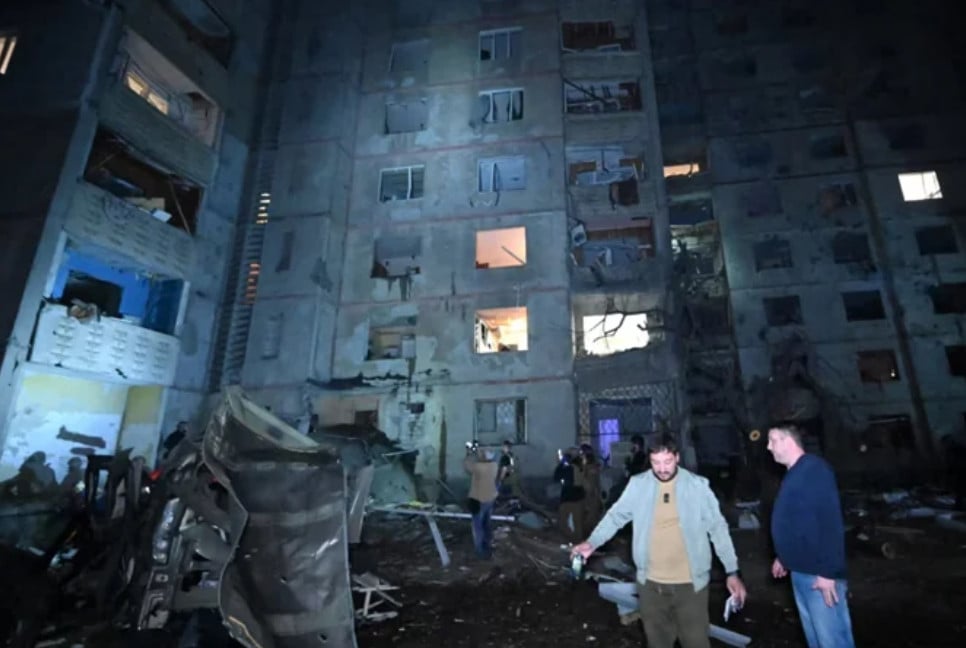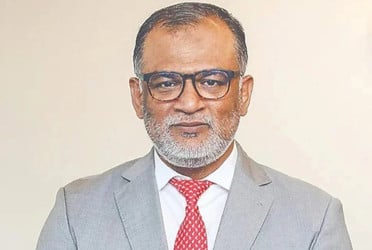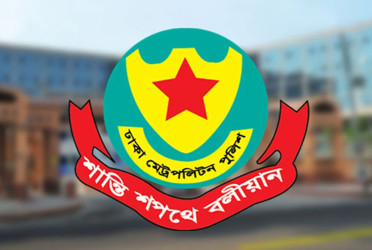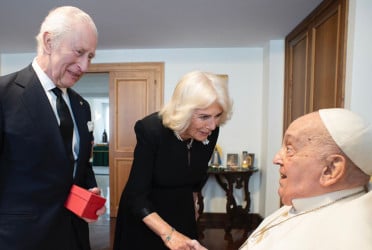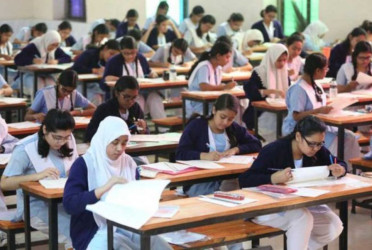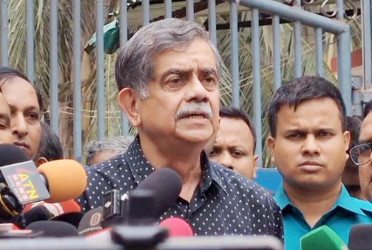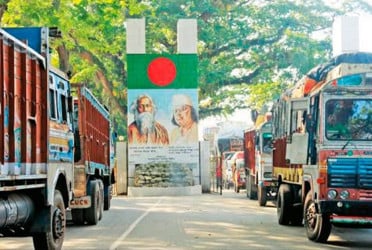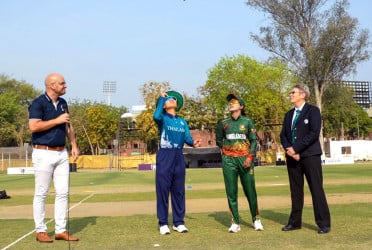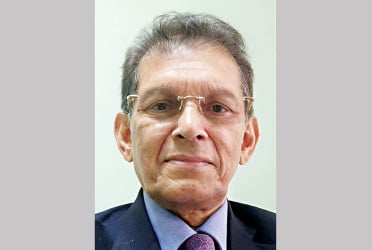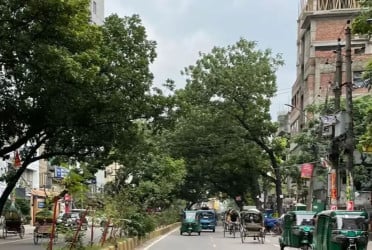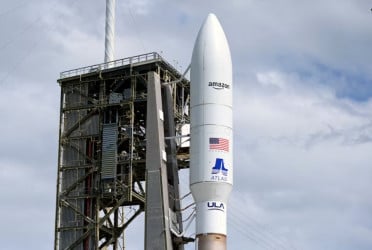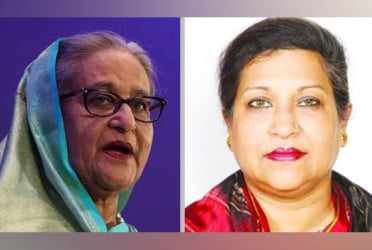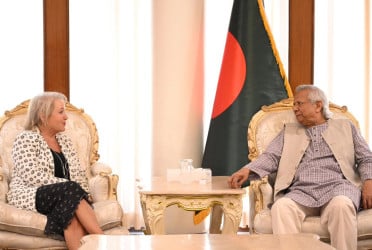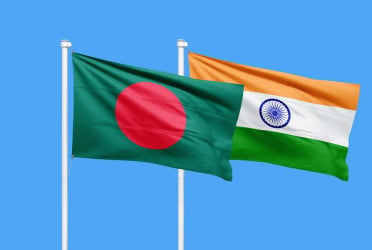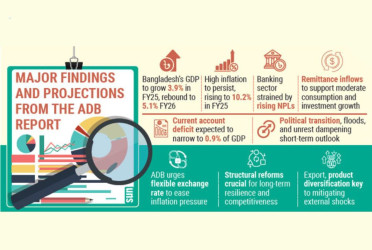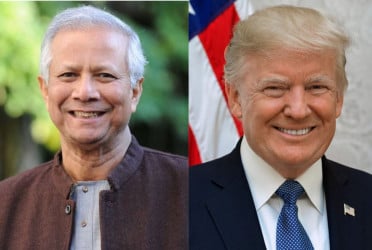Medics in Gaza warned Sunday that thousands could die as hospitals packed with wounded people ran desperately low on fuel and basic supplies. Palestinians in the besieged coastal enclave struggled to find food, water, and safety ahead of an expected Israeli ground offensive in the war sparked by Hamas' deadly attack, reports UNB.
Israeli forces, supported by a growing deployment of U.S. warships in the region, positioned themselves along Gaza’s border and drilled for what Israel said would be a broad campaign to dismantle the militant group. A week of blistering airstrikes have demolished entire neighborhoods but failed to stem militant rocket fire into Israel.
The Gaza Health Ministry said 2,670 Palestinians have been killed and 9,600 wounded since the fighting erupted, more than in the 2014 Gaza war, which lasted over six weeks. That makes this the deadliest of the five Gaza wars for both sides.
More than 1,400 Israelis were killed, the vast majority of them civilians, in Hamas' Oct. 7 assault. At least 155 others, including children, were captured by Hamas and taken into Gaza, according to Israel. It's also the deadliest war for Israel since the 1973 conflict with Egypt and Syria.
The U.S. State Department said Secretary of State Antony Blinken would return to Israel on Monday after completing a frantic six-country tour through Arab nations aimed at preventing the fighting from igniting a broader regional conflict. President Joe Biden is also considering a trip to Israel, according to a senior administration official, though no plans have been finalized.
Fighting along Israel's border with Lebanon, which has flared since the start of the latest Gaza war, intensified Sunday with Hezbollah militants firing rockets and an anti-tank missile and Israel responding with airstrikes and shelling. The Israeli military also reported a shooting at one of its border posts. The fighting killed at least one person on the Israeli side and wounded several on both sides of the border.
Several Hamas officials have been killed in the fighting while about 360,000 reservists have been called up in Israel, divided between the south around Gaza and the northern border with Lebanon, according to Israeli military spokesman Jonathan Conricus.
An Israeli drone fired two missiles late Sunday at a hill west of the town of Kfar Kila in south Lebanon, the state-run National News Agency reported. There were no casualties reported in the strikes, which hit near a Lebanese army center.
Conricus told reporters that the Israeli military had hit Hezbollah targets along the border known as the Blue Line and destroyed some.
Hezbollah said in a statement that it had fired rockets toward an Israeli military position in the northern border town of Shtula in retaliation for Israeli shelling that killed Reuters videographer Issam Abdallah on Friday and two Lebanese civilians on Saturday.
A Hezbollah spokeswoman, Rana Sahili, said the increased fighting represented a “warning” and did not mean Hezbollah has decided to enter the war.
With the situation in Gaza growing increasingly desperate, the U.S. named David Satterfield, the former U.S. ambassador to Turkey with years of experience in Mideast diplomacy, to be the special envoy for Middle East humanitarian issues. U.S. national security adviser Jake Sullivan said in a statement Sunday that Satterfield will focus on getting humanitarian assistance to Palestinians in Gaza.
Hospitals in Gaza are expected to run out of generator fuel within two days, endangering the lives of thousands of patients, according to the U.N. Gaza’s sole power plant shut down for lack of fuel after Israel completely sealed off the 40-kilometer (25-mile) long territory following the Hamas attack.
Bd-pratidin English/Tanvir Raihan

